Izamal: The Yellow Jewel of Yucatan
MEXICOIzamal Mexico: The Yellow Jewel of Yucatan

The colourful town of Izamal, one of Mexico’s 132 Pueblos Mágicos (Magical Towns), is just an hour’s drive from Yucatan State’s capital city, Mérida.
Originally a Mayan city dating back 2,000 years, its name translates as “dew that falls from the heavens”. Presumably, that would be an especially ochre-tinged dew as the whole town is literally carpeted in a riot of yellow. And we mean EVERY building. No wonder then that its nickname is La Ciudad Amarilla (“The Yellow City”).
Yet, although it’s by no means a secret anymore, it remains a little off the main tourism radar. So, on a day trip from our base in Mérida, we drove there to see it for ourselves. Here’s what we found.
Table of Contents
This page contains affiliate links. To help us maintain our site we work with a number of partners who we’ve personally used and can recommend to our readers. If you decide to purchase any products through the links on this page, we’ll receive a small commission at no extra cost to you.
Why is Izamal painted yellow?
This appears to be a bit of a mystery. The popular story goes that the first pots of yellow paint made their appearance in honour of a visit by the Pope in 1993. Another has it that it was actually in honour of Kinich Kak Moo, the Mayan sun god. Both seem plausible. Except that it’s very doubtful either is true.
Our preferred choice is the story that the yellow colour acts as a large-scale mosquito repellent. One of those strange-but-true stories we’d love to be genuine!
A street in Izamal with its iconic yellow buildings
The Convento de San Antonio de Padua
Apart from its very distinct colour scheme, Izamal’s undisputed star is the Convento de San Antonio de Padua.
One of the oldest monasteries in the Americas, it was built in 1561. And, as we found with many of the Catholic buildings in Mérida, it turns out it was constructed on the original foundations of a Mayan temple. The Pope’s 1993 visit, during which he blessed a statue of the Virgin Mary, has helped to cement its importance as a popular pilgrimage site.
It’s a sprawling complex that includes an atrium second only in size to that in The Vatican. But the first thing that struck us as we approached the entrance was the sharp contrast of the monastery’s bright yellow walls against a backdrop of a blue sky interspersed with cotton-wool clouds.
The magnificent Convento de San Antonio de Padua
Along the perimeter of the atrium, 75 arches converge on the façade of the main building. It’s quite a sight and one that’s worth lingering over.
Unfortunately, the monastery itself was closed during our visit. And, without a local guide, there was no information available to gather some background on what we were seeing. So the real joy for us was simply wandering around the grounds and eyeing the complex from various viewpoints.
Inside the atrium
Just a few of the 75 arches that enclose the atrium
Kinich Kak Moo Pyramid
The town’s Mayan roots are still evident in the form of a number of structures that are dotted around the area. None more so than Kinich Kak Moo Pyramid, which is a short stroll from the monastery.
Named after the Mayan sun god, it’s actually one of the largest pyramids in Mexico. And it’s free to visit.
Perhaps due to the relative lack of visitors (compared to the more famous Mayan sites, such as Chichen Itza and Uxmal) it’s still OK to climb the steps to the top for a panoramic view of the town and surrounding area.
Although this being Yucatan, the view of a totally flat landscape might be a little underwhelming for most people.
Izamal’s archaeological zone also includes other pyramids at Itzamatul, el Conejo and Chaltun Ha.
The stepped pyramid of Kinich Kak Moo
Strolling around town
Izamal’s size means that strolling around town is very doable over the course of a couple of hours or so. Even though temperatures can get scorchingly hot during the afternoon.
In addition to its striking yellowness, the city is very much a mixture of modern, colonial and pre-Columbian cultures. Indeed, many people who live there still speak Mayan as their first language. And, as you stroll around, you’ll notice that many of the street signs are in both Spanish and Mayan.
Of course, the novelty of seeing streets full of yellow buildings might wear off after a while. But there’s no doubting the charm of the place. Especially if you drop into some of the churches and artisan craft shops, where you can buy products handmade from sisal – a tropical fibre from the agave plant.
An alternative is to jump on a horse and carriage (caleza). They’re normally waiting around on the main plaza. Although we’re not convinced the horses looked all that comfortable having to stand around in 40 degrees heat waiting for the next ride to come along.
A cazela pauses next to Capilla de los Remedios
Lunch at Restaurante Los Arcos
We’re not going to lie. Trying the local food is one of our main motivations for visiting a new place. Especially in Mexico. And so, having got to grips with the Yucatecan food on offer in Mérida, we figured we’d see what Izamal could throw at us.
Most guide books will tout Kinich El Sabor de Izamal as the best place for lunch. And they may well be right. But we chose Restaurant Los Arcos, beside the monastery on Plaza Itzamna. Like Kinich, it’s set in a beautiful colonial building with seating in a courtyard at the rear.
A glimpse at the menu reveals the usual Yucatecan specialties. But Ian chose the cochinita pibil (pulled suckling pig topped with pickled red onion and chilli, served with tortillas). And it was excellent.
Conchinita Pibil at Los Arcos
How to get to Izamal
By car, Izamal is an hour-or-so from Merida and just under two hours from Vallodolid. So, as part of a Yucatan road trip, we’d recommend at least an overnight stay.
But it can easily be done as a day trip from either city. Including by bus. ADO bus are the most reliable but, frustratingly, their website only accepts Mexican credit cards. So you’ll need to either buy your tickets at the relative bus station or book them through an online service such as BusBud.
Final thoughts on Izamal Mexico
A visit to Izamal is about appreciating a small slice of Mexico that often gets overlooked (for now) by most foreign tourists.
Its relatively remote location means that it may stay that way for a while. But as tourist numbers to Mexico continue to increase, we wouldn’t bet against it becoming part of major organised tourist route around Yucatan that also includes Chichen Itza, Merida and some of the state’s major cenotes.
So our advice would be to go and visit soon. And you might just find that yellow becomes your new favourite colour.
What did you think? Do you have any recommendations on what to do in Izamal Mexico? Or perhaps you’re thinking of visiting the town in the near future? Either way, we’d love to hear from you so please add your comments below.

Need something to hang on your wall?
PLAN YOUR TRIP
The following contain affiliate links. If you decide to purchase anything after clicking on any of these links, we may receive a small commission at no extra cost to you. Indeed, as a result, you'll be helping to keep our website ad-free! Thanks for your support.
Book Your Flight
Book Your Accommodation
Buy Travel Insurance

For travellers who are UK residents, we recommend True Traveller. Amongst other things, they offer both multi-trip and backpacker insurance. Indeed, they’re our go-to insurance provider.

For travellers who are non-UK residents, we recommend SafetyWing for both remote health insurance and nomad insurance.
Buy Your Mexico Visa Online

Check your visa requirements for Mexico and purchase online with iVisa.
Book A Guide
Book a guide, tour or other activity in Izamal with Get Your Guide
Become A Housesitter

Stay rent-free in Mexico by signing up with the world’s largest housesitting platform, Trusted Housesitters. And get 25% off your first year’s membership.
MORE ON HISTORIC CITIES OF THE AMERICAS
PIN IT, SHARE IT
THANKS FOR READING
Hi, we're Ian and Nicky, an English couple on a voyage of discovery around the world, and this blog is designed to reflect what we see, think and do. Actually, we'd like to think it also provides information, entertainment and inspiration for other “mature” travellers, too. So please feel free to pour yourself a glass of something suitably chilled and take a look around.





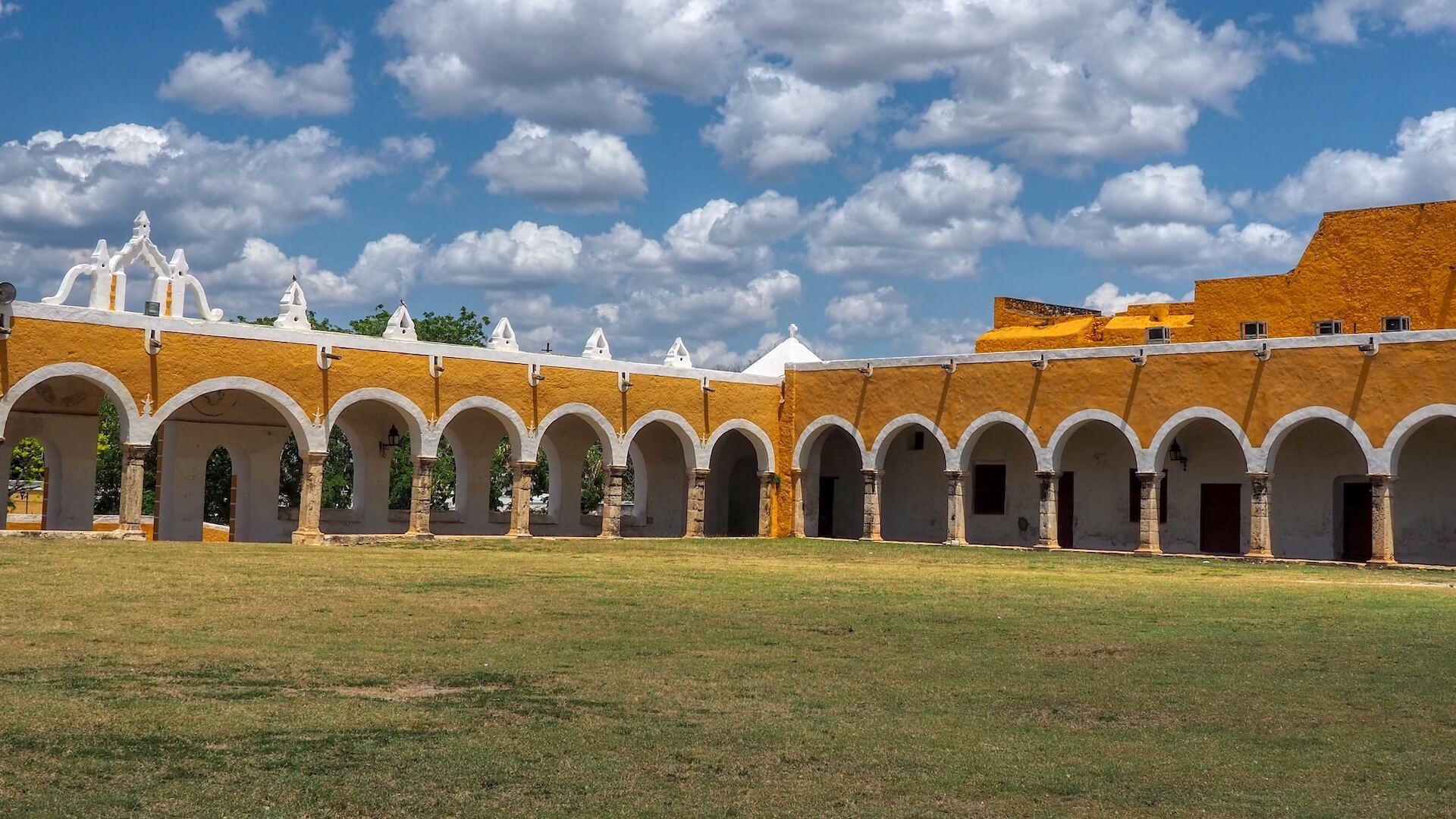

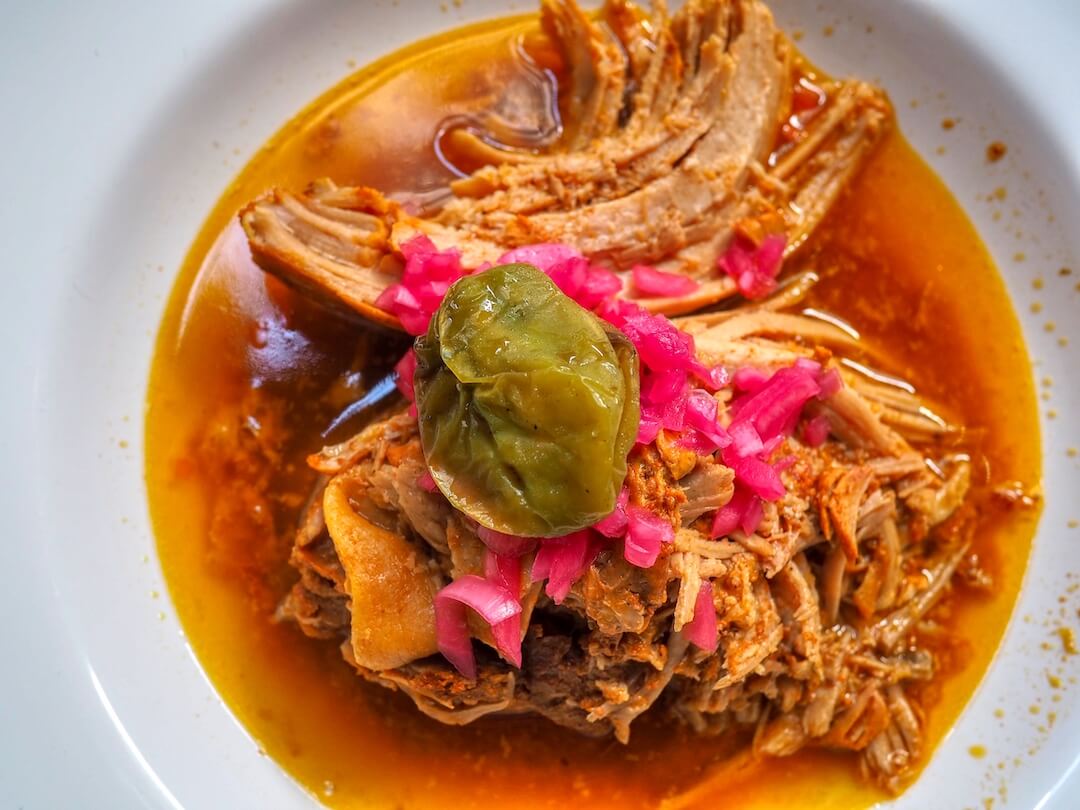
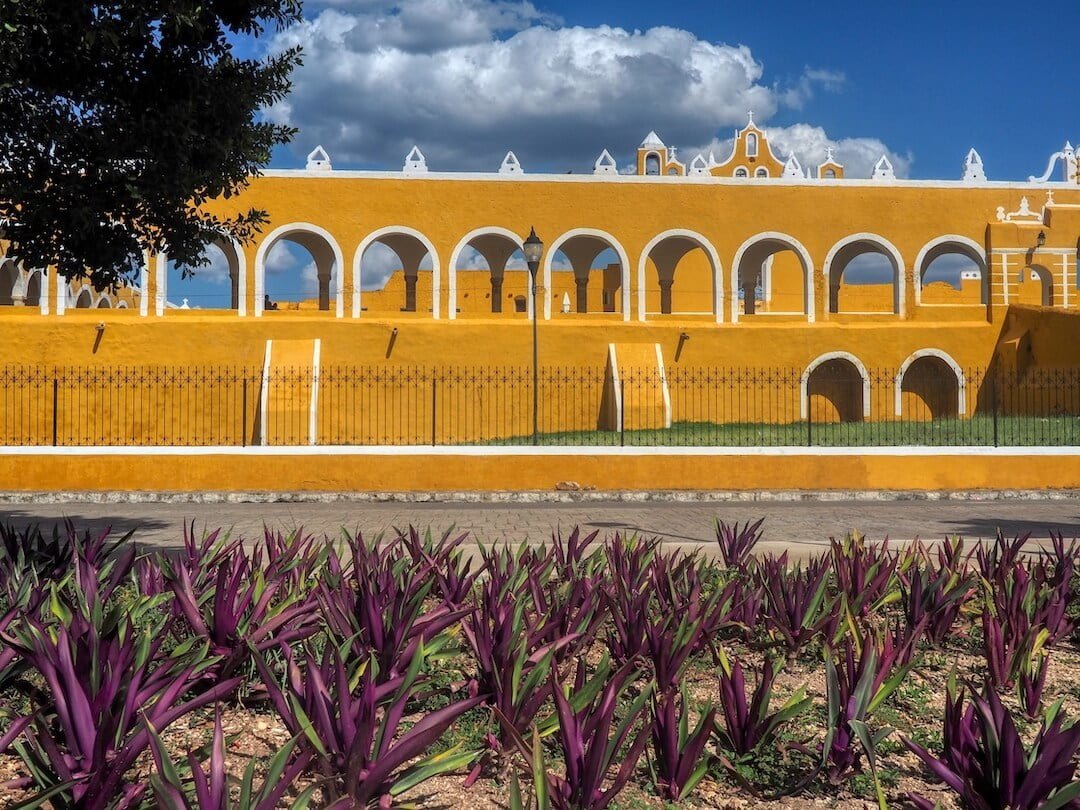

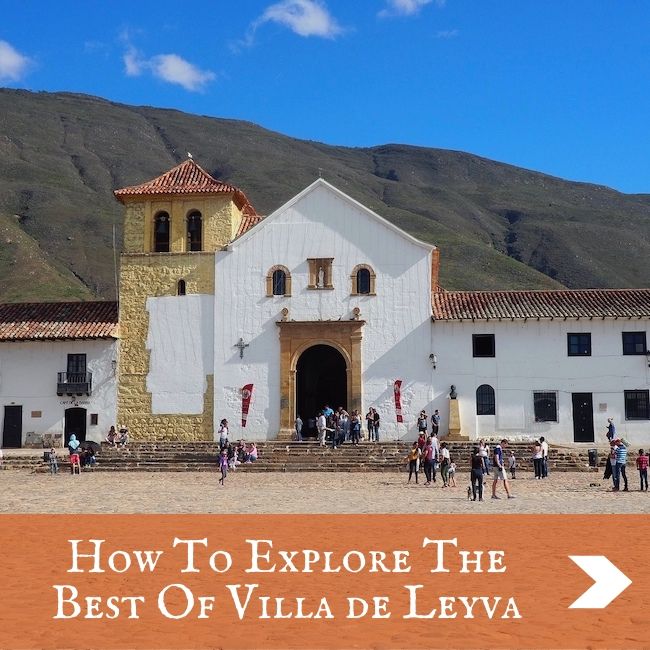

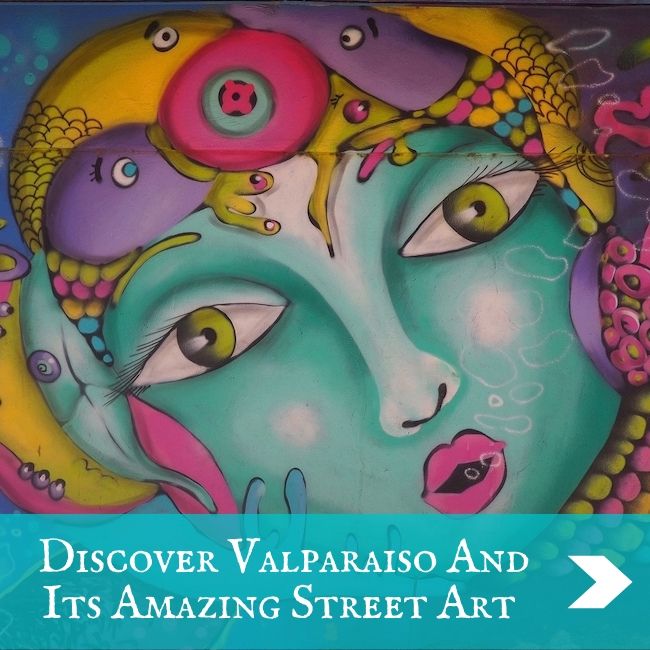


Goodness, that is a lot of mustard yellow! We love these out-of-the-way gems in Mexico. I always feel sorry for the horses, though 🙁 Thanks for introducing us to yet another place we need to visit.